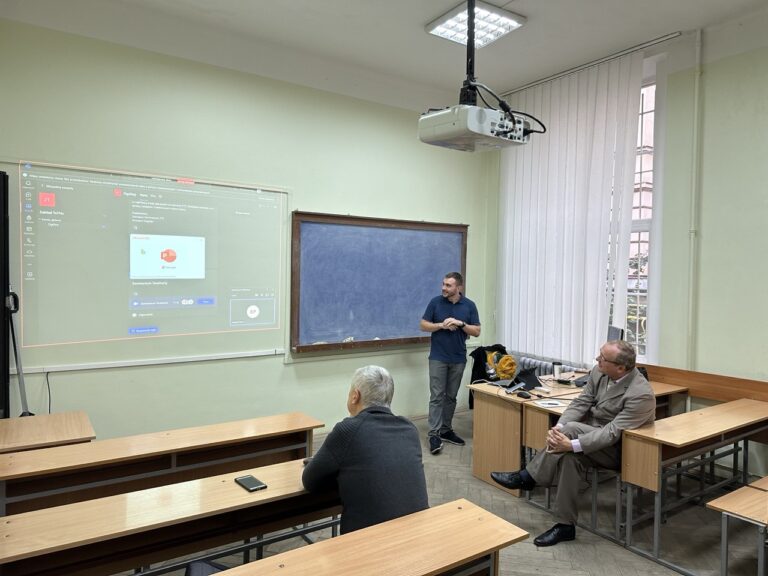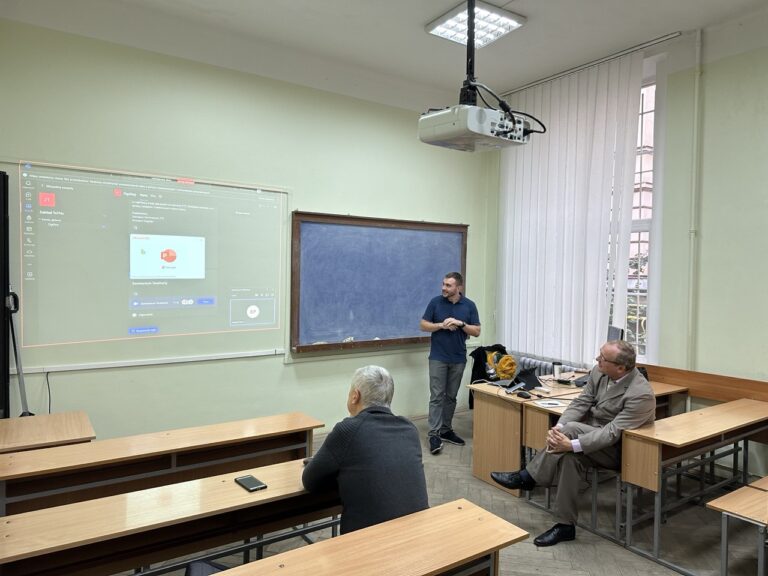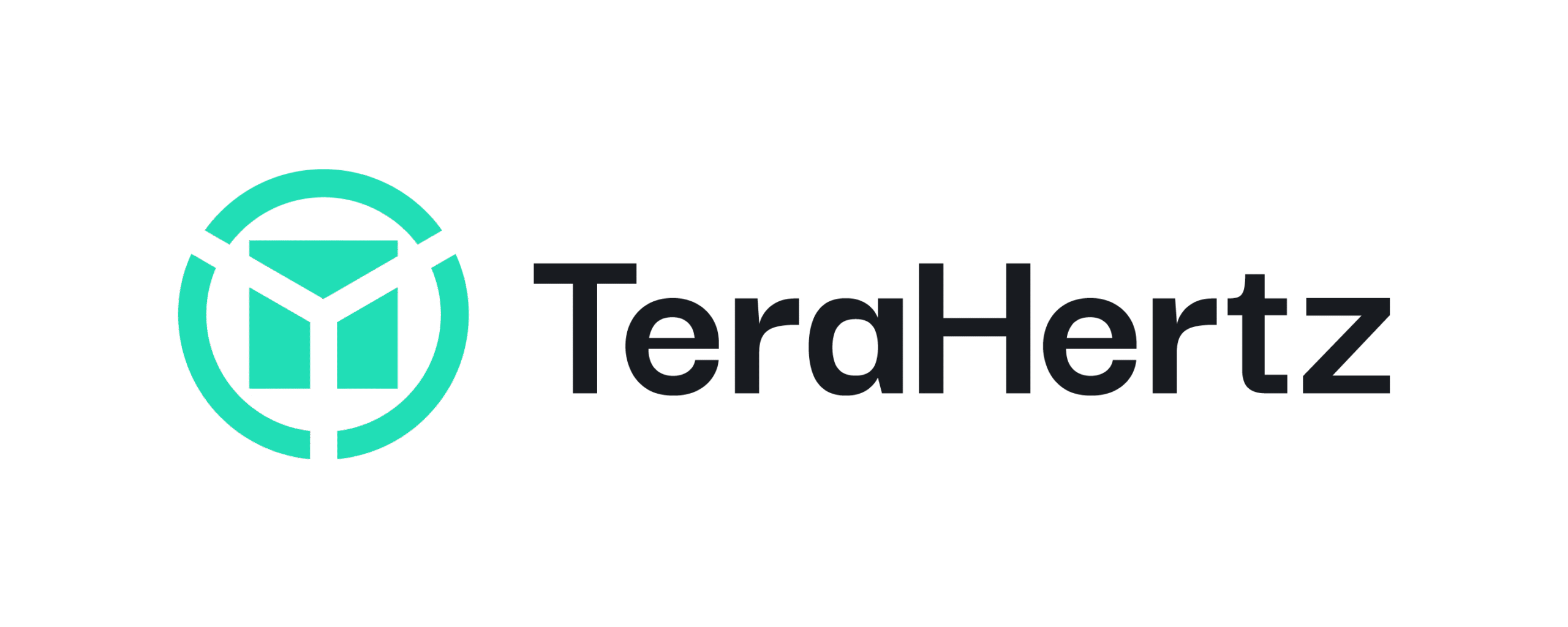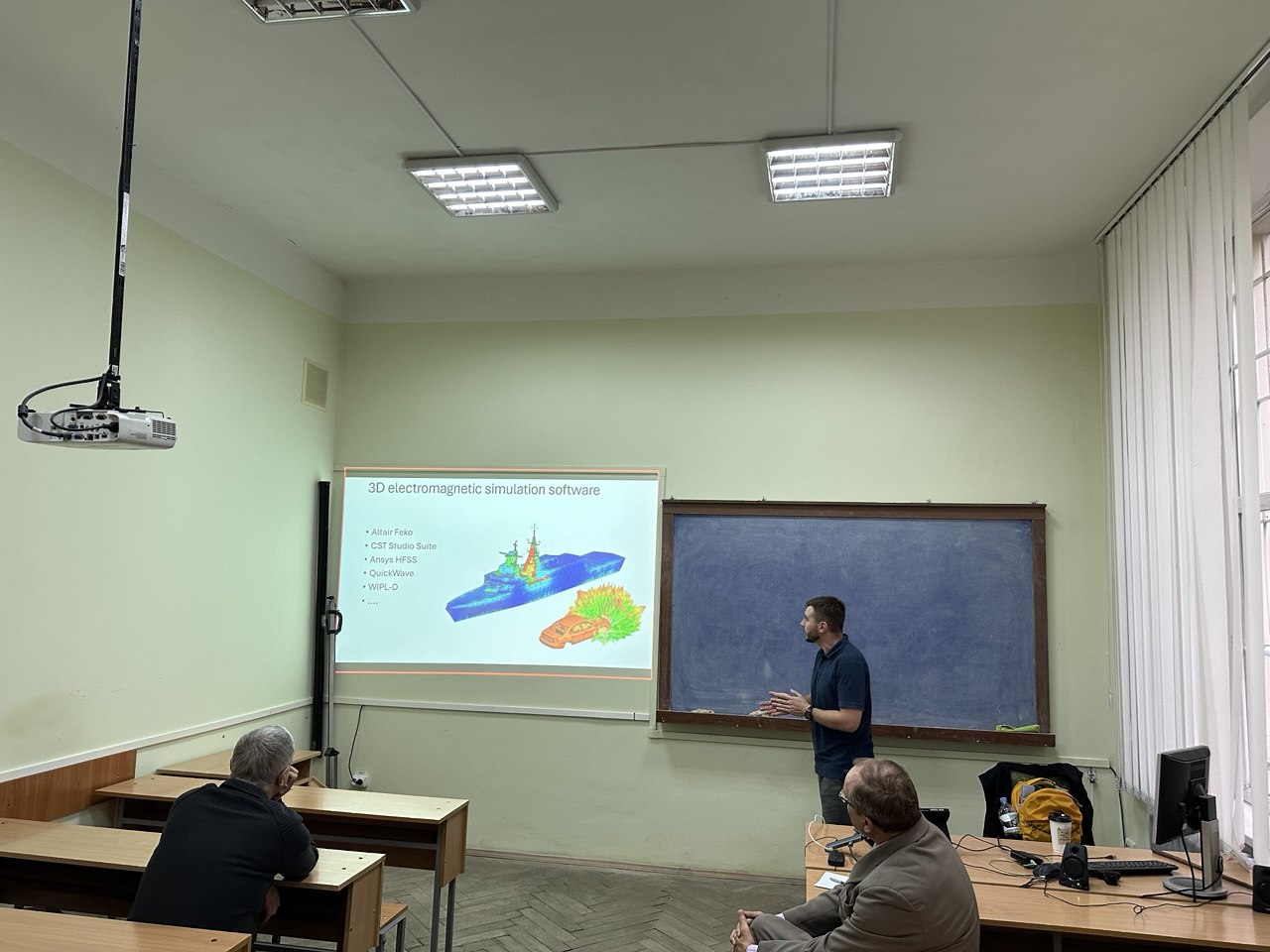Polish Researcher Completes Successful Secondment in Ukraine under TeraHertz Project
As part of the Horizon Europe-funded TeraHertz project, we are proud to highlight the recent successful secondment of Dr. Grzegorz Bogdan, a researcher from Warsaw University of Technology (WUT), who conducted a two-month research stay at Private Enterprise Softpartners (SPC) in Lviv, Ukraine.
Dr. Bogdan’s secondment, which took place from August 5 to October 4, 2024, marks a significant milestone for the project: the first on-site international mobility involving a Polish researcher working in Ukraine under challenging geopolitical conditions. Despite the ongoing war, the collaboration proceeded safely and effectively thanks to the strong commitment of both institutions.
“The fact that a Polish scientist was able to physically conduct a secondment in Lviv demonstrates not only the resilience of academic cooperation but also the strong motivation of our team to push forward with innovation in terahertz science,” said Dr. Nazariy Andrushchak, Administrative Manager of the TeraHertz project.
Focus of the Research
During his secondment, Dr. Bogdan investigated the application of modern computer-aided design (CAD) software for modeling the anisotropic properties of dielectric materials in the THz and sub-THz frequency range. His work focused particularly on the capabilities and limitations of Altair FEKO, a leading 3D electromagnetic simulation platform widely used for modeling advanced optical and electronic systems.
Key elements of his analysis included:
Evaluation of full-wave and asymptotic simulation methods such as MoM, FEM, FDTD, and UTD
Modeling of uniaxial and biaxial anisotropic media, including lithium niobate (LiNbO₃)
Assessment of FEKO’s performance and hardware limitations when simulating small crystal volumes at high frequencies
Exploration of boundary conditions, mesh quality, and simulation convergence in high-frequency regimes
One notable finding was the limitation of current simulation capacities when modeling samples larger than 1 × 1 × 1 mm in the sub-THz range due to memory constraints. Dr. Bogdan submitted a formal request to FEKO’s development team to address this issue in future software updates.
Advancing TeraHertz Objectives
This research is a critical contribution to Work Package 4 (3D Spatial Anisotropy Analysis and Simulations), supporting the project’s broader goal of designing efficient quasi-optical control devices based on dielectric and semiconductor materials. Dr. Bogdan’s simulations help refine the geometric parameters and anisotropy configurations needed to maximize THz interaction efficiency in future devices.
“The exchange of knowledge between Warsaw University of Technology and Softpartners brings new dimensions to the project’s simulation and modeling capabilities. It’s a textbook example of what the MSCA Staff Exchange programme aims to achieve,” added Prof. Anatoliy Andrushchak, Project Coordinator.
Strengthening Collaboration
Beyond the scientific achievements, the secondment deepened the collaboration between two key TeraHertz partners—WUT and SPC—bridging academic research and industrial software development. It also reinforces the value of international staff mobility, even in times of global uncertainty.
The TeraHertz consortium congratulates Dr. Grzegorz Bogdan on his successful secondment and looks forward to implementing his results in the design and testing of next-generation THz control technologies.





